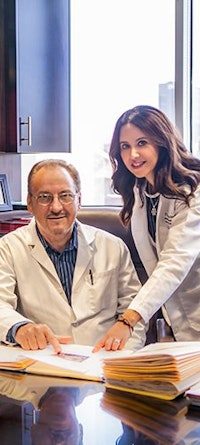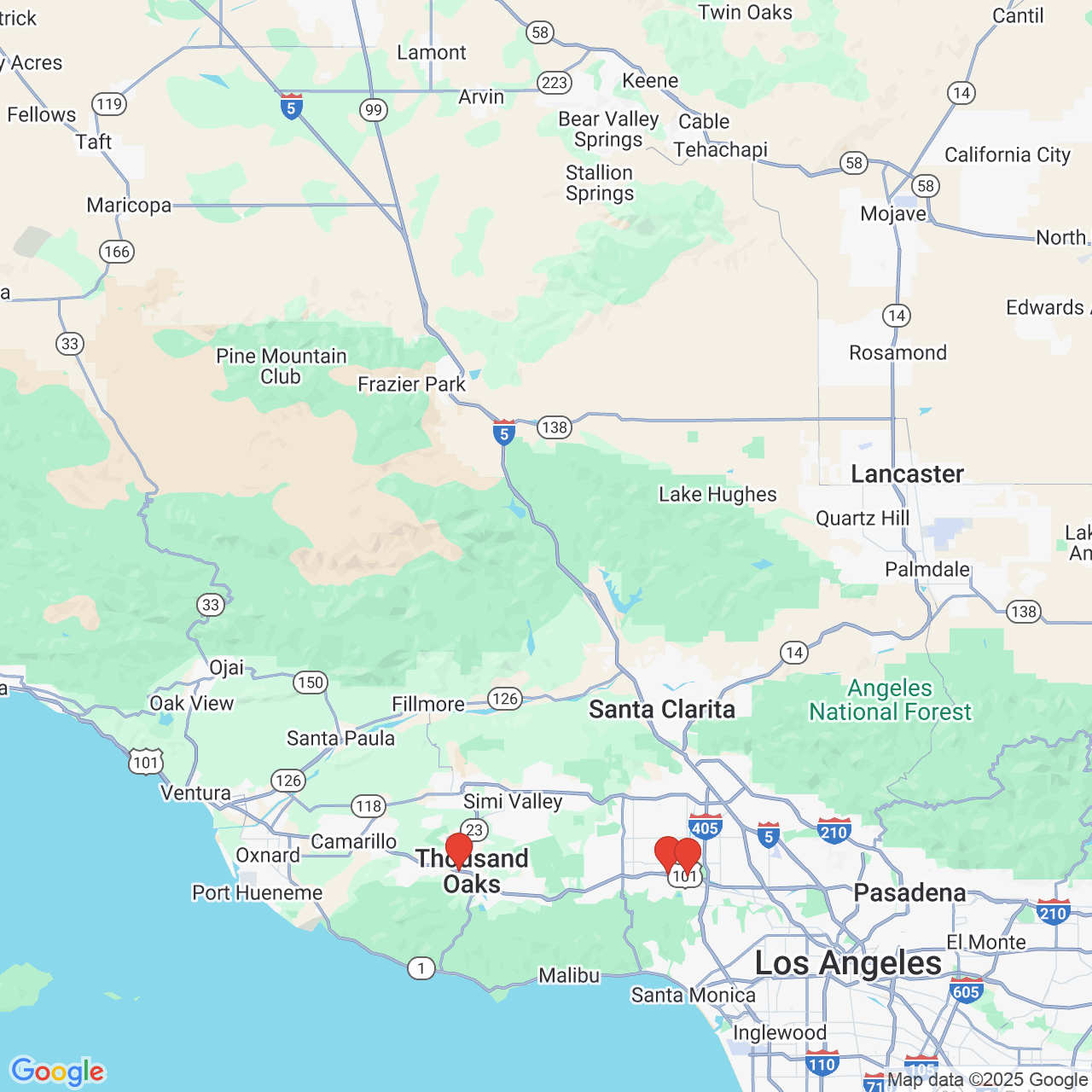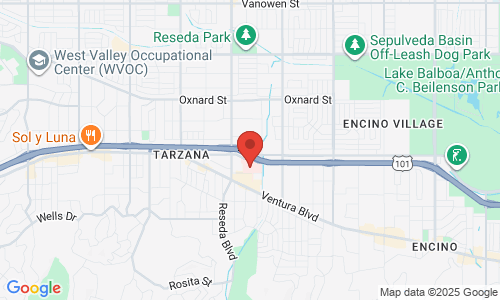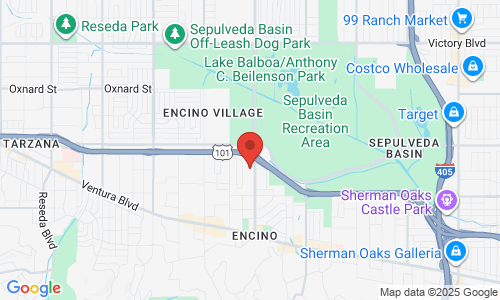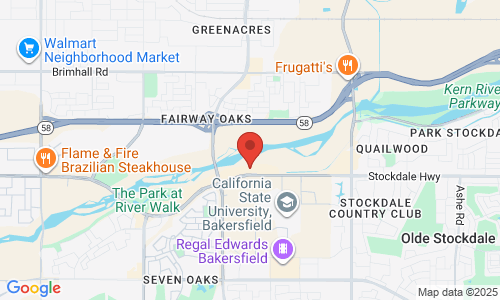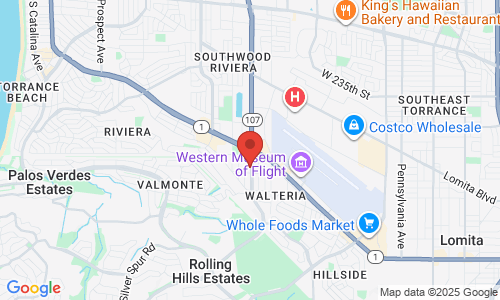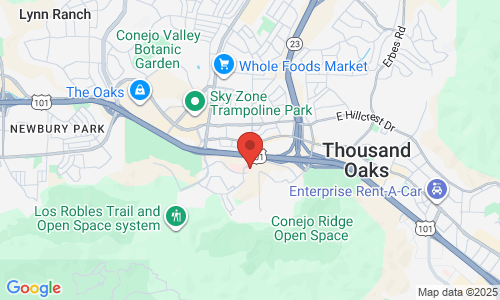Embryo Transfer
An embryo transfer represents the culmination of an IVF cycle and is a critical component to establish a successful pregnancy. At the Center for Fertility and Gynecology in Los Angeles California, we dedicate ourselves to making this crucial step as perfect as possible.
Medical, Surgical and Obstetrical History.
To begin with, patients are questioned about their medical history and potential factors that could indicate a risk for endometrial damage. Next, the endometrial cavity is evaluated by any one, or combination of the following methods; mid-cycle trans-vaginal ultrasound, saline hydrosonography, hysterosalpingogram (HSG) or hysteroscopy. If these tests reveal an abnormality, it is addressed and corrected by medical or surgical means. Once the endometrial cavity is determined to be normal, the steps leading to embryo transfer can continue.
Evaluation of the Endometrial Cavity.
As the embryo transfer approaches, we actively evaluate the endometium by trans-vaginal ultrasound. A specific trilaminar pattern, which represents the two abutting layers of endometrium, is one quality we seek.
Further, the thickness of the endometrium is very important. In most cases, we prefer for the endometrium to be at least 7 millimeters in anterior to posterior diameter. In some cases, a thinner endometrium is acceptable. To achieve this thickness, the specialists at our center rely upon a combination of medications, hormones, natural remedies and procedural techniques. Years of experience and proper training are required to most effectively utilize these tools.

Mock Embryo Transfer.
After the endometrium is optimized for receptivity, a mock embryo transfer is performed. This step includes passing an empty catheter through the cervix and into the uterus. In addition to providing an intangible, “sense” of the path through the cervix, the mock transfer allows the doctor to measure the appropriate depth of the uterus and discover any unique twist or turns within the cervix.
Finally, once all the above steps are complete, the embryo transfer is scheduled. During the embryo transfer, we request patients to maintain a full bladder. The full bladder assists placement of the embryo by straitening the cervix. In addition, a full bladder improves visualization on ultrasound.
Embryo Transfer Procedure.
The patient is positioned in a passive position, with her legs resting in stirrups. A speculum is introduced and the cervix cleaned with special embryo friendly fluid. Next an ultrasound probe is place onto the abdomen and the uterus and endometrium are identified. Subsequently, a practice catheter is once again gently guided into the endometrial cavity. Only after the practice catheter is positioned properly, are the embryos removed from the incubator and placed in to the real catheter. They are then brought directly to the doctor who, following the path of the practice catheter, gently places the embryos into the endometrial cavity. This process can usually be seen on the ultrasound screen.
Depending on the day of embryo transfer (3, 4 or 5 days after fertilization), the pregnancy test is 9 to 11 days later.
The enormous emphasis, care and time spent on the embryo transfer are just some of the reasons that the Center for Fertility and Gynecology in Los Angeles enjoys such fantastic IVF success rates. If you have any questions about embryo transfers of fertility treatment in general, please don’t hesitate to contact us (818) 881-9800.

